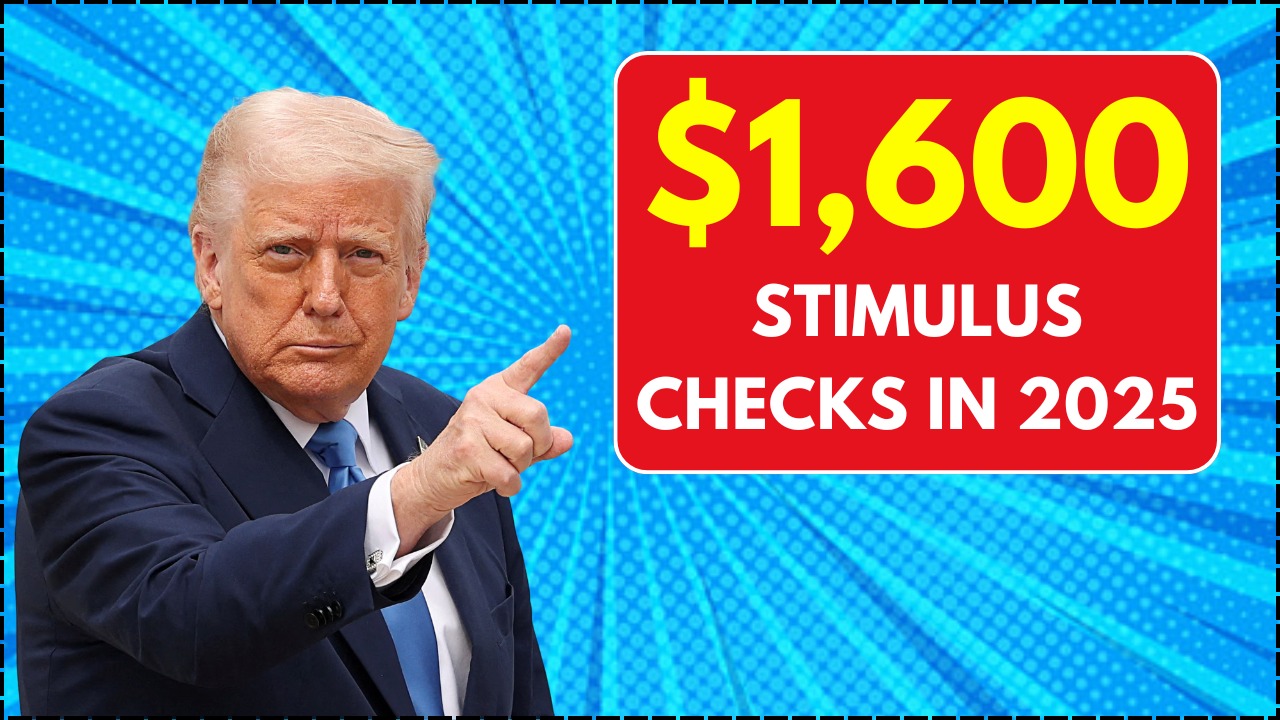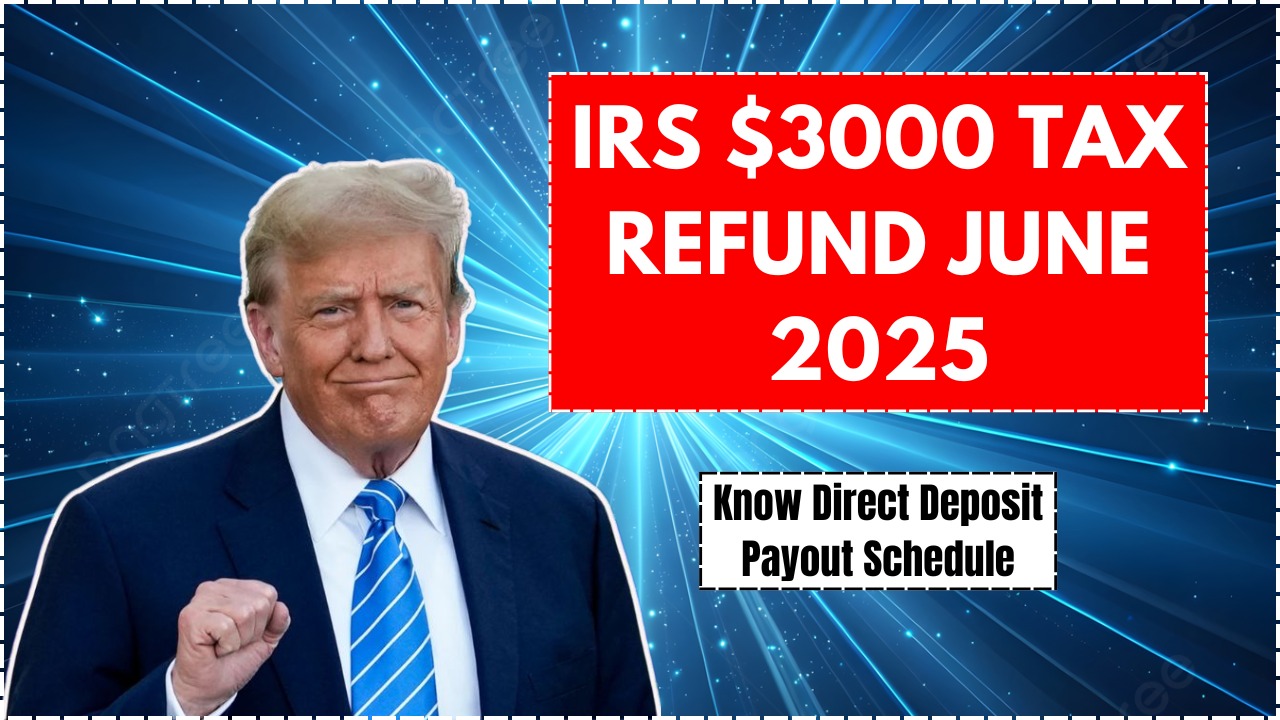
In a time when unexpected treasures are few and far between, a wave of excitement has rippled across the nation, all because of a 25-cent coin. Americans, from seasoned numismatists to casual observers, are digging through coin jars, drawers, and wallets in search of the elusive Bicentennial Quarter that could be worth a staggering $2.2 billion. While this valuation is steeped more in speculation than fact, it has sparked a nationwide hunt that shows no signs of slowing down. For those curious about the coin’s origin and official details, the United States Mint website offers historical information and minting records.
Table of Contents
Why Is the Bicentennial Quarter So Significant?
The Bicentennial Quarter, produced in 1975 and 1976, marked the 200th anniversary of the United States’ independence. Unlike typical Washington quarters, these coins feature a special reverse side: a Colonial drummer in front of a victory torch, encircled by 13 stars to represent the original colonies. The obverse maintains George Washington’s familiar profile but replaces the standard date with “1776–1976.”
These quarters were minted at multiple facilities — Philadelphia (no mint mark), Denver (“D”), and San Francisco (“S”). Although millions were minted, making most examples quite common, specific, rare variants and error coins have become the subject of intense collector interest.
Overview
| Feature | Details |
|---|---|
| Commemorative Year | 1776–1976 — celebrating 200 years of U.S. independence |
| Unique Reverse Design | Colonial drummer with 13 stars and torch |
| Mint Marks | “D” (Denver), “S” (San Francisco), none (Philadelphia) |
| Rare Metal Versions | 40% silver coins from San Francisco proof sets |
| Valuable Error Types | Double die, off-center, misstruck coins, or prototype/test strikes |
| Potential Value | From face value to over $100,000, depending on rarity and condition |
Truth vs. Speculation
Let’s be clear: no Bicentennial Quarter has ever sold for $2.2 billion. This jaw-dropping figure is likely exaggerated or part of viral storytelling, yet it has successfully reignited interest in rare coins. The actual market value of a rare Bicentennial Quarter could range anywhere from a few hundred dollars to over $100,000, depending on its condition, metal composition, and rarity.
Experts in the coin world — including appraisers and auction houses — emphasize that rare error versions, proof strikes, or trial pieces (also known as pattern coins) can be exceptionally valuable. For example:
- A quarter with a double die error
- A misaligned strike
- A coin struck on a different metal planchet
- Or a prototype piece never released to the public
Any of these rare traits could push a coin’s value well beyond standard collector pricing.
What Features Make a Bicentennial Quarter Valuable?
Before you start checking every coin in your change jar, here are the key indicators to identify potentially rare or valuable Bicentennial Quarters:
1. Dual Date and Mint Mark
Look for the “1776–1976” date, and note the mint mark:
- “D” = Denver Mint
- “S” = San Francisco Mint (especially important for silver versions)
- No mark = Philadelphia Mint
2. Metal Composition
While most quarters were made from standard clad copper-nickel, the San Francisco Mint produced some 40% silver quarters as part of special collector’s proof sets. These silver variants are significantly more valuable.
3. Minting Errors
Rare errors can greatly increase a coin’s worth:
- Double die errors (especially visible on lettering)
- Off-center strikes
- Misstruck edges or rim errors
- Struck on a wrong planchet (e.g., a quarter struck on a dime blank)
4. Proof and Uncirculated Quality
Coins in “uncirculated” or “proof” condition — those with no signs of wear, original luster, and sharp detail — are typically the most prized. San Francisco proof sets are often the source of these high-grade coins.
5. Professional Grading
Getting your quarter graded by services like PCGS (Professional Coin Grading Service) or NGC (Numismatic Guaranty Company) adds credibility. Graded coins can fetch higher prices at auction due to verified condition and authenticity.
What You Should Do Next: Check, Verify, Preserve
If this story has sparked your curiosity, here’s how to get started with checking your coins:
- Gather all quarters with the 1776–1976 date.
- Inspect the mint mark — especially those with an “S.”
- Examine details under a magnifying glass for doubling or errors.
- Weigh the coin if you suspect it’s silver — they should weigh more than standard quarters.
- Send the coin for grading if you believe it could be valuable.
You can learn more about coin grading and values through official resources like the U.S. Mint’s website.
Q1: Can a Bicentennial Quarter really be worth $2.2 billion?
A: No, this number is exaggerated. However, rare varieties can sell for thousands or more.
Q2: How can I tell if my quarter is made of silver?
A: Check the mint mark “S” and the coin’s weight. Silver quarters are slightly heavier and lack the orange-copper edge.
Q3: Where can I get my coin officially evaluated?
A: Use professional grading services like PCGS or NGC, or consult a certified numismatist for an appraisal.





